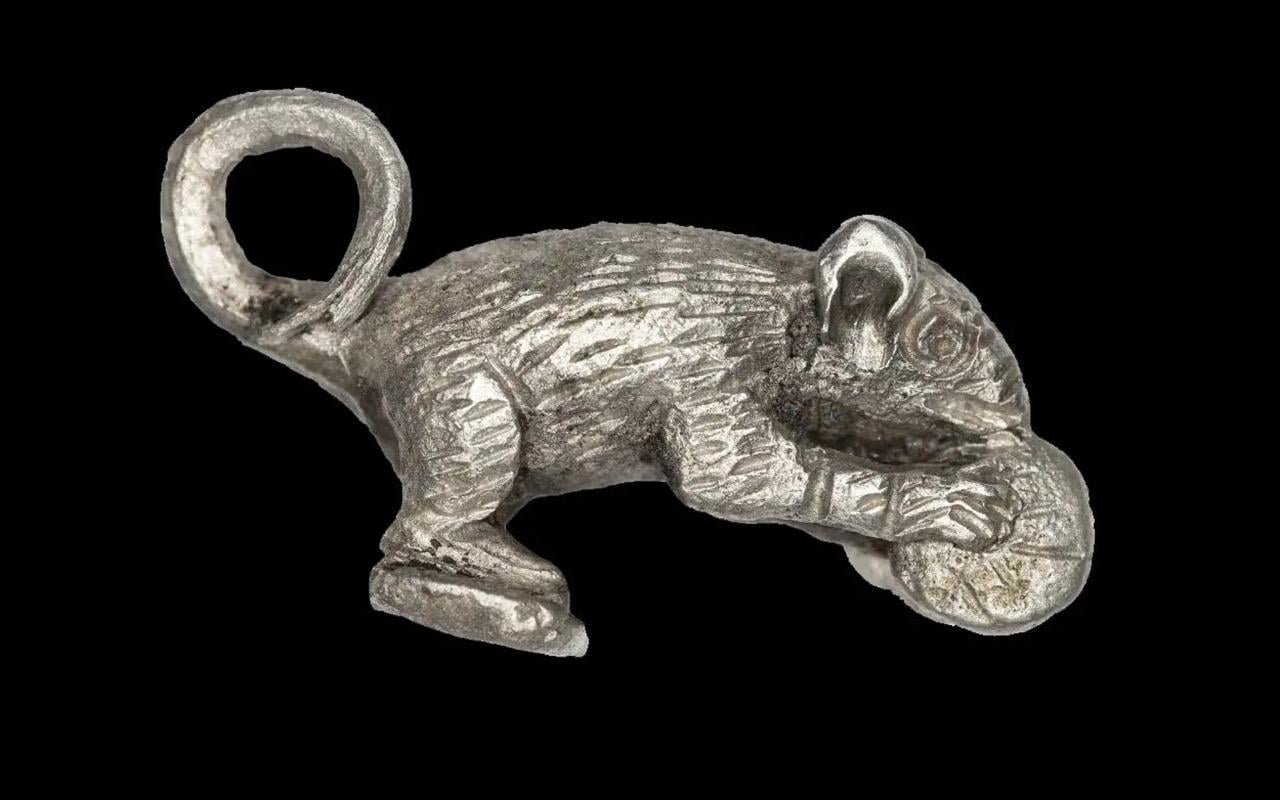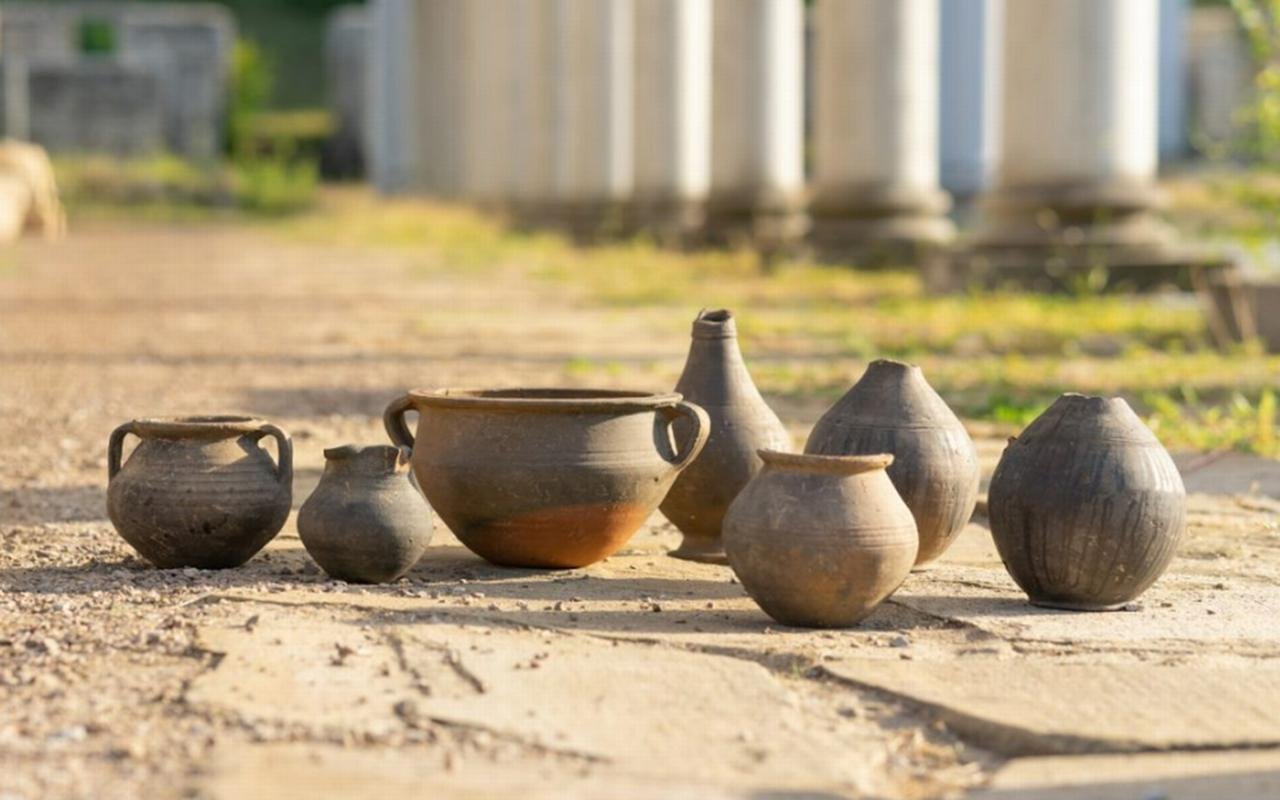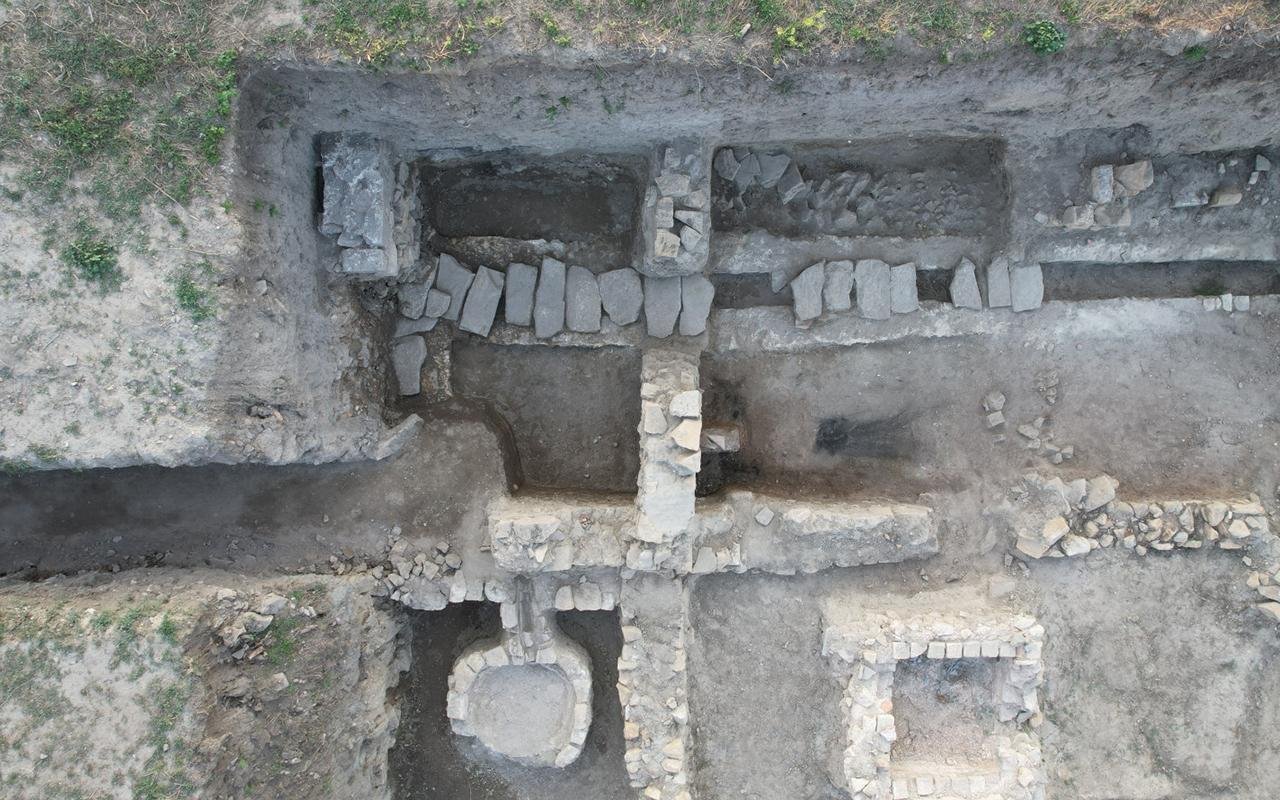Archaeologists from the University of Warsaw, in collaboration with Bulgarian researchers, have discovered a Roman fridge during ongoing excavations at the Roman fortress of Novae in northern Bulgaria, near the Danube River.

Led by Professor Piotr Dyczek from the University of Warsaw, archaeologists have been meticulously excavating the Novae fortress for several decades. This ancient Roman refrigerator, made of ceramic plates, was discovered during the latest excavation season.
Situated in a military barracks room, this unique find was used by the fort’s inhabitants to store food. What sets this discovery apart is the presence of a lead pipe, connected to a system of aqueducts, running alongside the ceramic structure. The lead pipe played a crucial role in providing constant cooling to the refrigerator, making it a sophisticated innovation for preserving perishable foods.
The refrigerator was ingeniously designed to be recessed beneath the building’s stone floor, ensuring effective insulation by the surrounding cool stone on three sides. Researchers believe that, given Bulgaria’s cold winters with temperatures often dropping below freezing, Roman soldiers likely collected ice or snow to place inside the refrigerator, keeping their food fresh during the winter months.
Inside this ancient refrigerator, archaeologists found ceramic vessel fragments, small baked bone fragments, charcoal, and a bowl that may have been used as an insect repellent. These findings provide valuable insights into the diet and daily life of the Roman soldiers stationed at Novae.
In addition to the refrigerator, the excavations have revealed other remarkable artifacts and features. Archaeologists uncovered a complex of wooden and earth military barracks, measuring an impressive 60 meters in length and 38 meters in width. These barracks once housed the Legio VIII Augusta, one of the oldest legions of the Imperial Roman army.
Furthermore, the researchers discovered a system of aqueducts constructed from ceramic and lead pipes. These aqueducts supplied clean water to both the fortress and its associated civilian settlement. To ensure a reliable water source, the architects and construction teams had to build a 10-kilometer-long aqueduct linking the water supply system to the Dermen River.
Excavations also revealed a ceramic furnace from the 4th century CE, a set of wine-drinking vessels, decorated vessels with a smooth and comb motif, and over 200 various artifacts, including a finely crafted silver mouse pendant. This pendant, displaying remarkable attention to detail, depicts a mouse holding a round piece of food, possibly cheese, in its front paws.

Novae’s historical significance extends beyond its military function. Once part of the Roman province of Moesia, Novae was initially conquered by representatives of the first Roman emperor Augustus in the late 1st century BCE. It officially became part of the Roman Empire in 6 CE and served as a critical defensive outpost when Moesia was divided into Moesia Inferior and Moesia Superior in 86 CE.

Constructed as the permanent home of the First Italian Legion, Novae played a pivotal role in defending Moesian territory against Dacian incursions. The fortress boasted a complex water supply system, including the lengthy aqueduct from the Dermen River, making it a well-fortified and sustainable outpost.
As the excavations continue to unearth ancient relics and offer new insights into daily life and technology from over two millennia ago, Professor Piotr Dyczek expressed their importance. He noted, “Thanks to the latest finds, we have obtained enough data to be able to recreate this fragment of the history of this ancient settlement, which until now was shrouded in mystery for us.”

This discovery of an ancient Roman “fridge” and the wealth of artifacts found at Novae Fortress provide a window into the advanced technology and everyday life of Roman soldiers and civilians in this historically significant region along the Danube River.